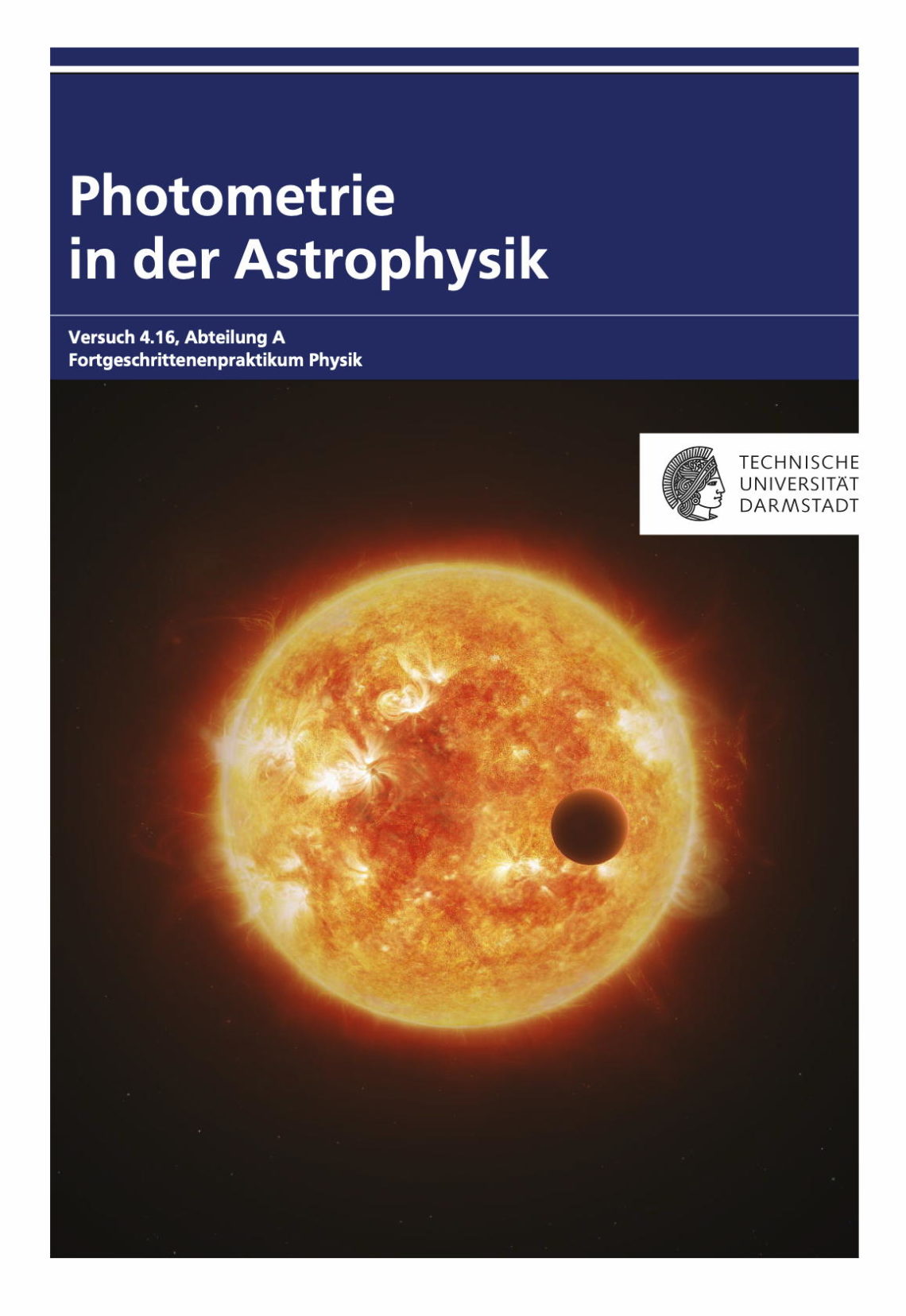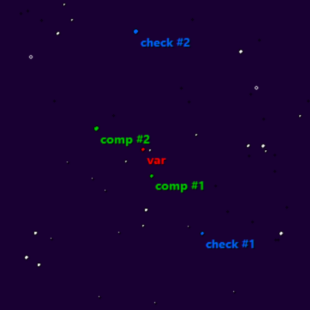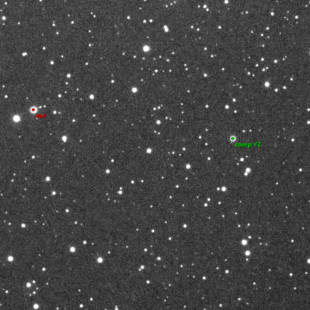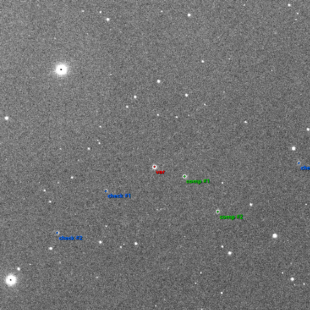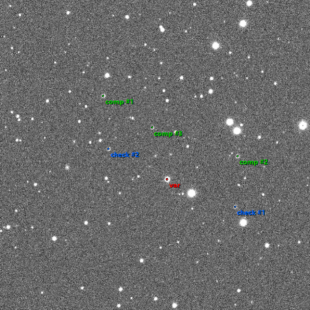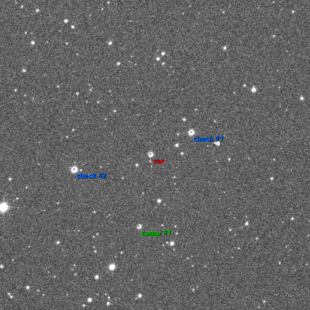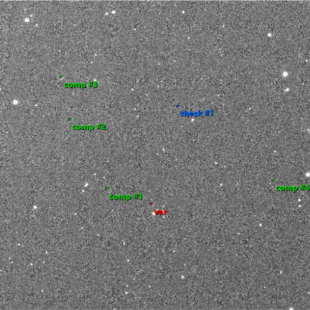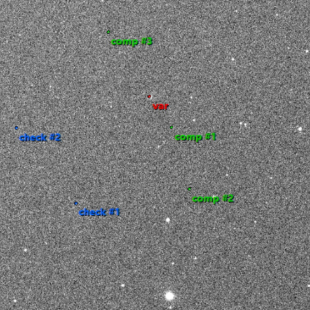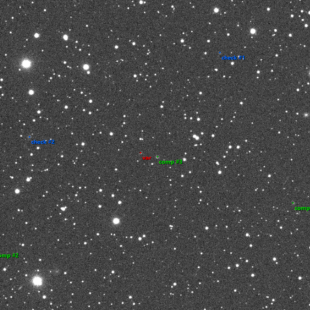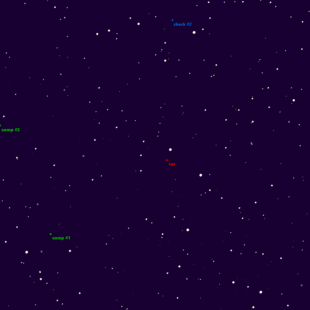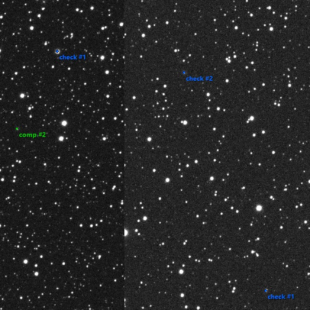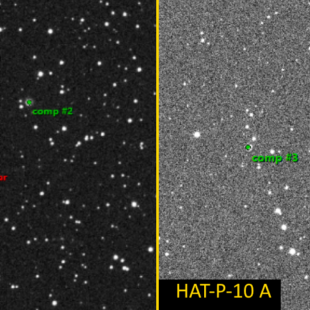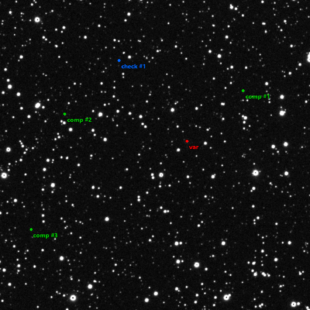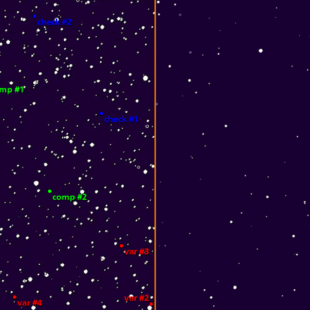The instruments at the TURM and TURMX Observatory are regularly used by students as part of the advanced lab course in physics (Fortgeschrittenenpraktikum Physik).
At the TURMX Observatory we offer a lab activity on photometry and its applications in astrophysics. The focus is on time-resolved differential photometry using modern imaging sensors. This technique is used by professional observatories dedicated, e.g., to the discovery or characterization of supernova explosions or transiting exoplanets. The light curve, i.e., the brightness as function of time, of and explosive event, a variabel star, or a transiting exoplanet provides unique insights into dynamic and static properties of these objects.
The students have the opportunity to observe a transiting exoplanet and a short-period variable star with our remote setup in Spain. The project work includes selecting the objects and planning the observation, preparing the control system of our remote telescope, reducing the raw image data to light curves, and modelling those light curves to extract relevant astrophysical parameters of the systems. You can download the instructions (in German) for this lab activity by clicking on the image on the right.
As part of their report, the students create a short news piece that highlights one the results of their observations. Below you will find the most recent news pieces by the students.


